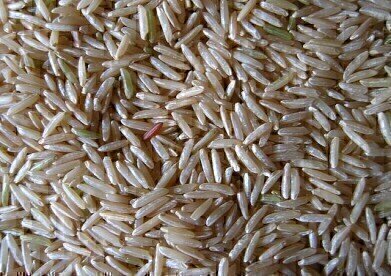GC, MDGC
Fake Rice? Chromatography Searches for a Grain of Truth
Aug 10 2015
Food adulteration and labelling issues is a problem for consumers all over the world — but surely rice is safe from disreputable practices. Unfortunately not.
Read on as we first visit Davao in the Philippines and find out about fake rice and chromatography’s role in finding out the truth — and then look a little closer to home at rice fraud in the UK.
What is rice and why fake it?
The grains of rice that we eat are the seeds from grass species’ and are thought to have been cultivated in China around 10,000 years ago, before spreading around the world. China and India are biggest rice producers and consumers of rice — and rice provides over 20% of the world’s dietary energy supply, which is more than either wheat or maize.
With the volumes being consumed, there are significant sums of money changing hands — so someone, somewhere will want to increase their profits by any means necessary.
Davao tests reveal plasticizer
A report in the Sun-Star, a Filipino newspaper, states that a consumer submitted a sample of suspicious rice to the National Food Agency (NFA) in Taguig City, and that they performed tests on the rice including gas chromatography in tandem with mass spectrometry (GC-MS), tests for heavy metals and starch, and several visual checks. The tests revealed that the rice was made from potato, sweet potato and a toxic plasticizer.
GC-MS revealed the presence of Dibutyl Phthalate, an organic plasticizer and solvent used in the plastic and cosmetics industries. Its use in the European Union is banned in cosmetics and its use in plastic toys is regulated by certain EU directives. The testing of toys for phthalates using chromatography is discussed in this article, Optimising Analysis of Phthalates in Plastic Toys Using the Agilent 1290 Infinity Method Development Solution from Chromatography Today.
Closer to home
Unfortunately you don’t have to travel very far to find samples of adulterated rice. Basmati rice is considered to be one of the premium varieties of rice — grown in India and Pakistan. It is a long-grained rice and contains an aroma compound — 2-acetyl-1-pyrroline —at elevated levels compared to other rice varieties. It is this compound that gives basmati rice its special taste and aroma — allowing it to sell for a premium price.
It is difficult to visually distinguish different types of rice from each other — and this led to some traders adulterating basmati rice with other varieties. The Food Standards Agency in the UK conducted tests which found some basmati rice had been adulterated with cross-bred basmati varieties and other types of long-grain rice — one sample had no basmati rice in it. This led to a code of practice for the rice industry to ensure consumers get genuine basmati. Curry anyone?
Image from commons.wikimedia.org
Digital Edition
Chromatography Today - Buyers' Guide 2022
October 2023
In This Edition Modern & Practical Applications - Accelerating ADC Development with Mass Spectrometry - Implementing High-Resolution Ion Mobility into Peptide Mapping Workflows Chromatogr...
View all digital editions
Events
Apr 23 2024 Kintex, South Korea
Apr 23 2024 Seoul, South Korea
Apr 28 2024 Montreal, Quebec, Canada
May 05 2024 Seville, Spain
May 15 2024 Birmingham, UK














